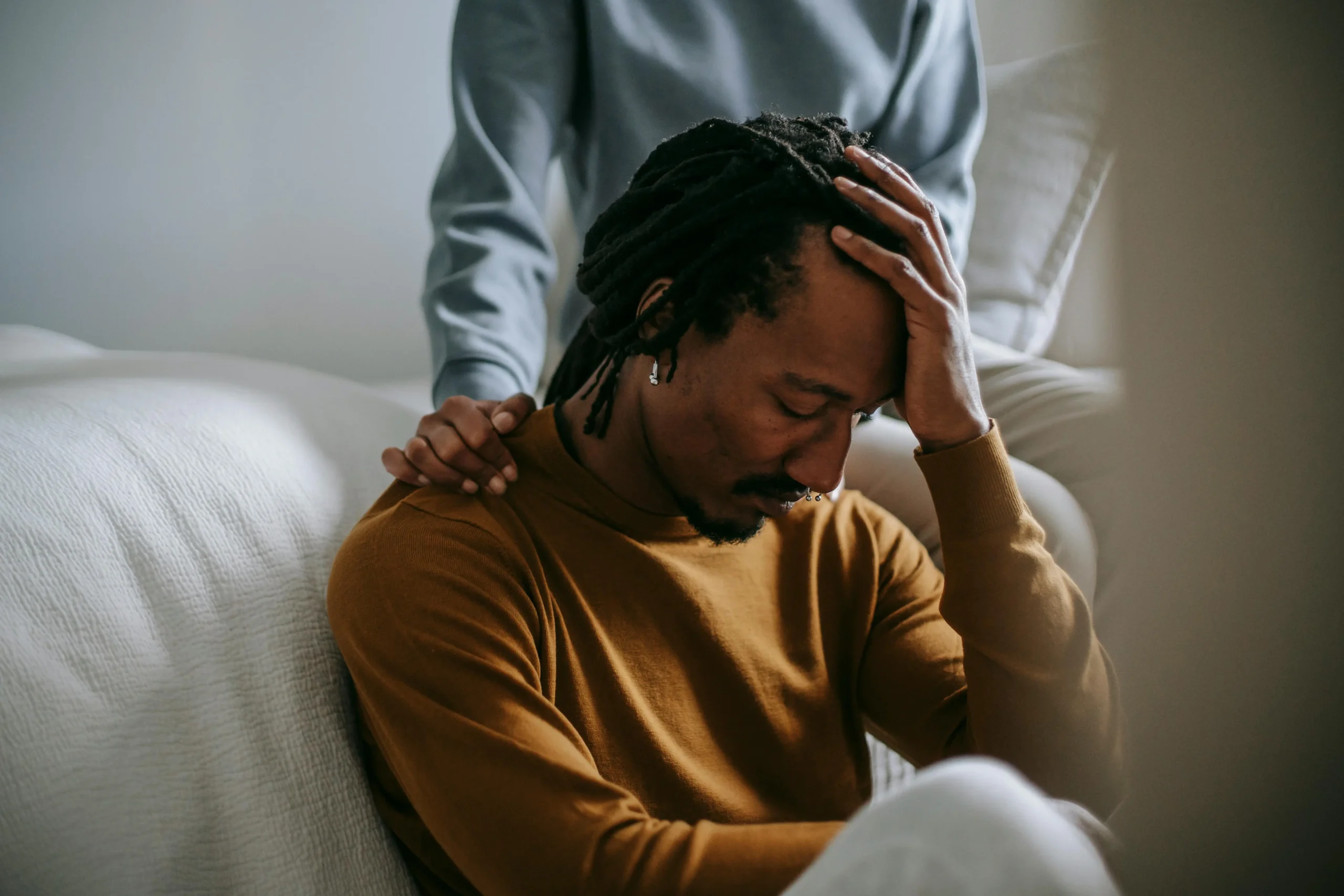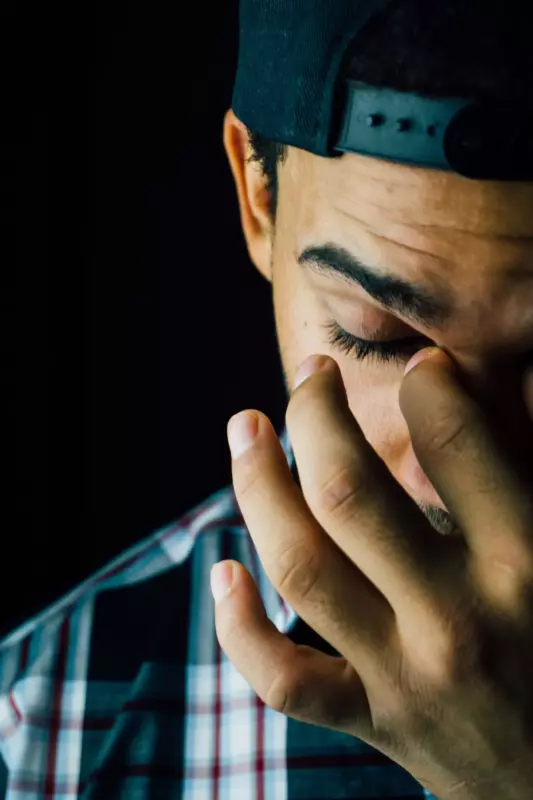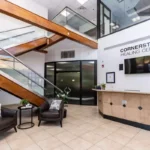Opioid Rehab & Drug Information
Information about opioids, identifying signs of addiction, and recovery.
Begin your insurance verification today

Finding Support for Opioid Addiction Recovery
If you’re watching someone you care about struggle with opioid addiction, you may feel overwhelmed, uncertain, and unsure where to turn. You’re not alone. Opioids—whether prescription painkillers like oxycodone and hydrocodone or heroin—impact the brain, creating powerful effects that make it hard to break free. Although opioids have been used medicinally for centuries, their addictive nature has made them one of today’s biggest challenges.
At Cornerstone Healing Center, our opioid rehab program is here to offer compassionate support for both you and your loved one. We’re here to provide opioid information, guidance, and effective treatment options, helping families understand addiction and find hope in the recovery process. Our team is ready to walk with you every step of the way.
The Opioid Epidemic & Dangers of Addiction
Opioids, prescribed for moderate to severe pain, have contributed to a widespread addiction crisis. This epidemic has impacted individuals, families, and entire communities, placing strain on healthcare, law enforcement, and social services. Opioid addiction often involves:
- Compulsive drug-seeking behavior
- Tolerance
- Withdrawal symptoms
The rise in prescription opioid misuse has also led many to turn to heroin, which is often cheaper and more accessible. Cornerstone Healing Center’s opioid rehab center provides compassionate, comprehensive care to help individuals overcome addiction and begin a path toward recovery.

Trends in U.S. Overdose Deaths involving Any Opioids
Since 2010, the overdose death rate in the U.S. involving any opioids has increased by nearly 288%.
Understanding and Identifying Opioids
The Origins of Opioids
What Do Opioids Look Like?
What Do Opioids Smell Like?
How are Opioids Ingested?
Paraphernalia
Opioids have a long and complex history, with the use of opium dating back to ancient civilizations. The Sumerians in Mesopotamia were among the first to cultivate the opium poppy around 3400 B.C.E., referring to it as the “joy plant.” Opium use spread throughout the ancient world, and references to its medicinal and recreational use are found in Greek, Roman, and Arab medical texts. In the early 19th century, morphine was isolated from opium by the German pharmacist Friedrich Sertürner, marking a significant milestone in the development of opioid pharmaceuticals.
Later in the 19th century, heroin was synthesized from morphine and initially marketed as a non-addictive pain remedy before its highly addictive nature was recognized. The 20th century saw the development of numerous synthetic opioids, such as methadone, fentanyl, and oxycodone, which were introduced as pain medications with varying potencies and pharmacological properties.
Opioids come in various forms, depending on the specific drug and its intended use. Prescription opioids are typically found as tablets, capsules, or liquid solutions, with their appearance varying based on the manufacturer and dosage.
Prescription opioids are typically identified by their unique markings, colors, and shapes, which are specific to each manufacturer and dosage. For example, oxycodone tablets may have imprints such as “OP” or “OC” along with a number indicating the dosage, while hydrocodone tablets may have imprints like “M367” or “M523”.
Fentanyl, a highly potent synthetic opioid, is available as transdermal patches, lozenges, and injectable solutions. Fentanyl and its analogs may be disguised as other opioids or pressed into counterfeit pills, making them nearly impossible to identify without laboratory testing.
Heroin, an illegal opioid, is often found as a white or brownish powder or as a black, sticky substance known as “black tar” heroin. When sold on the streets, heroin may be cut with other substances, such as sugar, starch, or powdered milk, which can alter its appearance and color.
Opioids, in their pure form, have varying odors depending on the specific drug. Heroin, for example, is often described as having a slightly sweet, tart, or vinegar-like scent. The odor of heroin can vary based on the manufacturing process and the presence of additives or impurities.
When heroin is heated, such as during smoking or injection preparation, the smell becomes more noticeable.
Prescription opioids, such as oxycodone and hydrocodone, typically have no distinct odor in their tablet or capsule form. However, when these medications are crushed or dissolved, they may emit a slightly bitter or medicinal smell. It is important to note that the presence of an odor does not necessarily indicate the presence of an opioid, as other substances may have similar scents.
Additionally, the absence of an odor does not guarantee the purity or safety of a substance, as opioids can be mixed with various adulterants that may not have a noticeable smell.
Opioids can be ingested in several ways, depending on the specific drug and its formulation. Prescription opioids are typically taken orally as tablets, capsules, or liquid solutions. These medications are designed to be swallowed whole, but some individuals may crush, chew, or dissolve them to achieve a faster or more intense high, which can be dangerous and lead to overdose.
Heroin can be injected intravenously, snorted, smoked, or heated and inhaled. Injection is the most common method of heroin use, as it provides the fastest and most intense effects. However, this method also carries the highest risk of overdose and transmission of infectious diseases, such as HIV and hepatitis C, through shared needles. Fentanyl and its analogs can be ingested through various routes, including injection, snorting, smoking, or absorption through the skin or mucous membranes.
The tools used to ingest opioids vary based on the method of administration. For injection, individuals may use syringes, needles, cookers (spoons or bottle caps used to dissolve the drug), cotton balls or cigarette filters (used to filter the solution), and tourniquets (used to make veins more prominent).
Snorting opioids may involve the use of straws, rolled-up bills, or tiny tubes to inhale the powdered drug. Smoking heroin or fentanyl may require aluminum foil, glass pipes, or other heat-resistant materials to vaporize the drug. Prescription opioids that are crushed or dissolved may be ingested using various makeshift tools, such as razor blades, mortar, and pestles, or credit cards, to break down the tablets or capsules. It is essential to recognize that sharing any drug paraphernalia can increase the risk of transmitting infectious diseases.
General Opioid Information

Opioid Overdose
Opioid overdose occurs when an individual takes a higher dose of opioids than their body can handle, leading to life-threatening respiratory depression. Overdose can happen with both prescription and illicit opioids, and the risk increases when opioids are combined with other substances like alcohol or benzodiazepines. Symptoms of opioid overdose include pinpoint pupils, shallow breathing, loss of consciousness, and blue lips or fingernails. Naloxone, an opioid antagonist, can quickly reverse the effects of an overdose and save lives when administered promptly.

Prescription Opioid Misuse
Fentanyl and other synthetic opioids have emerged as a significant threat in the opioid epidemic. These drugs are much more potent than heroin and prescription opioids and even small amounts can lead to overdose and death. Illicitly manufactured fentanyl is often mixed with heroin or pressed into counterfeit pills, making it difficult for users to know the strength and composition of the drugs they are consuming. The rise of fentanyl has contributed to a significant increase in overdose deaths in recent years.

Opioids and Neonatal Abstinence Syndrome
Neonatal Abstinence Syndrome (NAS) is a condition that occurs when a newborn experiences withdrawal symptoms due to exposure to opioids in the womb. Pregnant women who use opioids, whether prescribed or illicit, can pass these substances to their unborn child, leading to NAS. Symptoms of NAS may include excessive crying, irritability, poor feeding, sleep disturbances, and seizures. Treatment for NAS involves providing supportive care, managing symptoms, and sometimes using medications like morphine or methadone to help the newborn safely withdraw from opioids.
Recovering from Opioid Addiction
Overcoming opioid addiction is a challenging but achievable goal with the proper support, treatment, and mindset. Recovery from opioid addiction is a lifelong journey that often involves a combination of Medication-Assisted Treatment (MAT), behavioral therapies, and support from family, friends, and peer groups. MAT, .
Behavioral therapies, such as Cognitive-Behavioral Therapy and contingency management, help individuals develop coping skills, address underlying mental health issues, and modify their drug use patterns. Engaging with support groups, such as Narcotics Anonymous or SMART Recovery, can provide a sense of community and accountability throughout the recovery process.























View Our Beautiful Scottsdale Treatment Facilities
Cornerstone has two treatment centers located in Scottsdale and Phoenix that offer lifesaving addiction treatment services. The environment we create for our clients promotes healing and focus while also ensuring comfort and beauty. We have group and learning rooms that provide space for collective therapy sessions and educational workshops.
We have individual therapy rooms that provide privacy and comfort for one-on-one sessions, allowing our clients to work with their therapists on resolving personal issues. Clients have access to a large fitness facility, where they will take part in weekly fitness training classes.
At Cornerstone Healing Center, we are committed to delivering a holistic approach to substance abuse treatment, blending comfort, therapy, and personal development for a full experience.
What are opioids?
Prescription opioids vary in appearance, with unique imprints, colors, and shapes for each medication. For example, oxycodone tablets may have markings like “OP” or “OC,” while hydrocodone tablets are often imprinted with codes like “M367.” Illicit opioids, like heroin, lack identifying features and may appear as a powder or sticky black substance.
What are the stages of opioid addiction?
Opioid addiction often starts with prescribed painkillers, progressing from controlled use to misuse for pain relief or euphoria. Tolerance builds, leading to higher doses and, eventually, dependence. Addiction develops when cravings and compulsive use dominate, impairing health, relationships, and quality of life, requiring support from an opioid rehab center.
What are the signs of opioid addiction?
- Increased tolerance and intense cravings
- Neglect of responsibilities (work, school, family)
- Financial or social problems
- Physical symptoms: drowsiness, constricted pupils, flu-like symptoms
- Psychological symptoms: anxiety, mood swings, repeated failed attempts to quit
Recognizing these signs early and entering an opioid rehab program is crucial for getting the help needed to overcome addiction.
Can opioid addiction be reversed?
Opioid overdose can be temporarily reversed with naloxone, a medication that blocks opioids’ effects. Administered as an injection or nasal spray, naloxone is widely available, including through emergency responders. However, its effects are temporary, and immediate medical care is essential to provide lasting support and prevent further harm.
What are the treatment options for opioid addiction?
Treatment for opioid addiction includes Medication-Assisted Treatment (MAT), with options like methadone, buprenorphine, and naltrexone. Behavioral therapies, such as Cognitive-Behavioral Therapy (CBT), and support services like peer groups and family therapy, offer comprehensive care. Both inpatient and outpatient programs are available through an opioid rehab center.
How can I help someone with opioid addiction?
Supporting someone with opioid addiction involves empathy and patience. Educate yourself on addiction, encourage them to seek help, and offer to assist in finding a treatment program at an opioid rehab center. Setting boundaries, practicing self-care, and joining family support groups can also help you support them through recovery.
Let's begin the journey together
Frequently Asked Questions
Get Started Now
Call and speak with one of our caring team members about help for you or a loved one.

